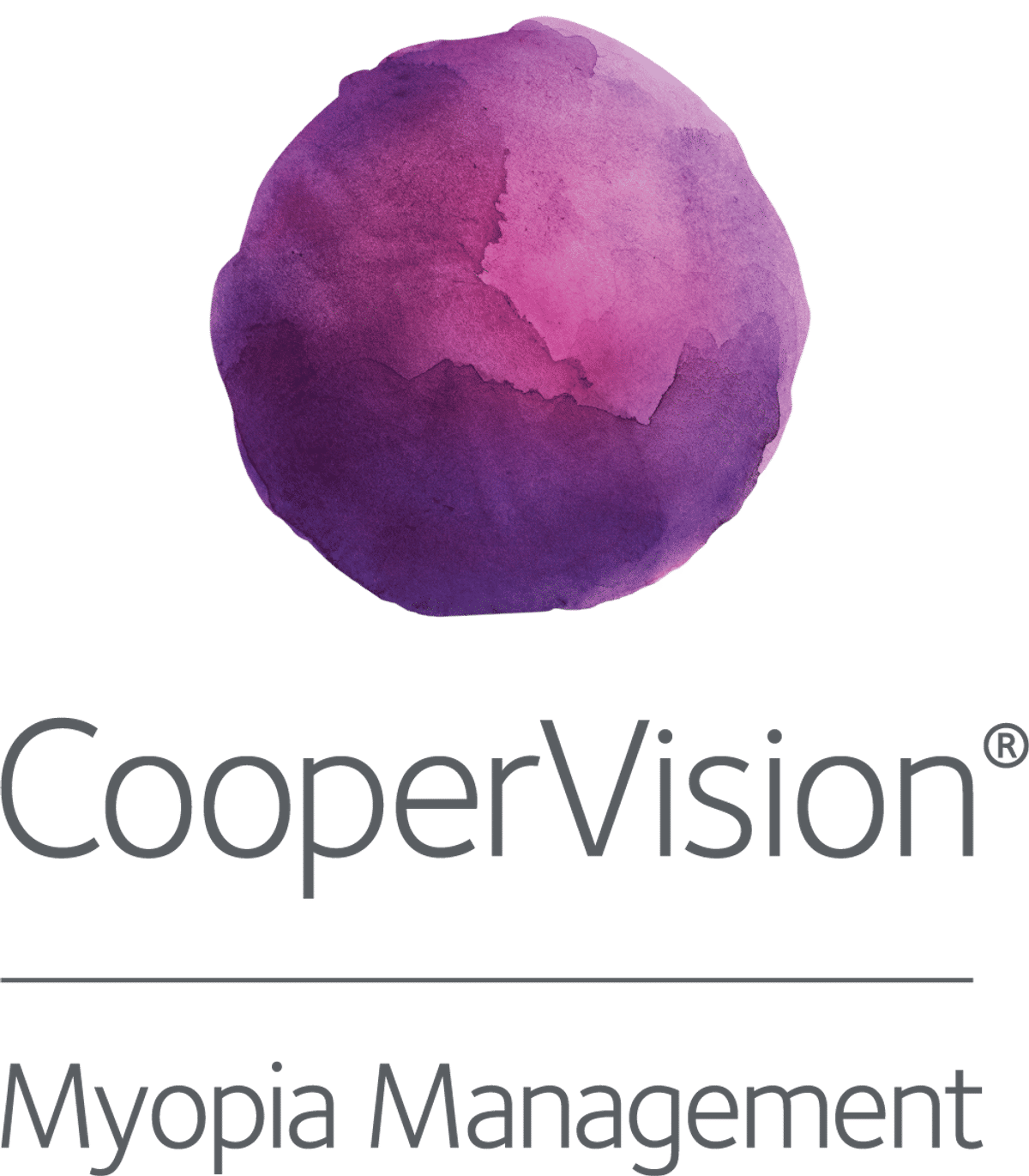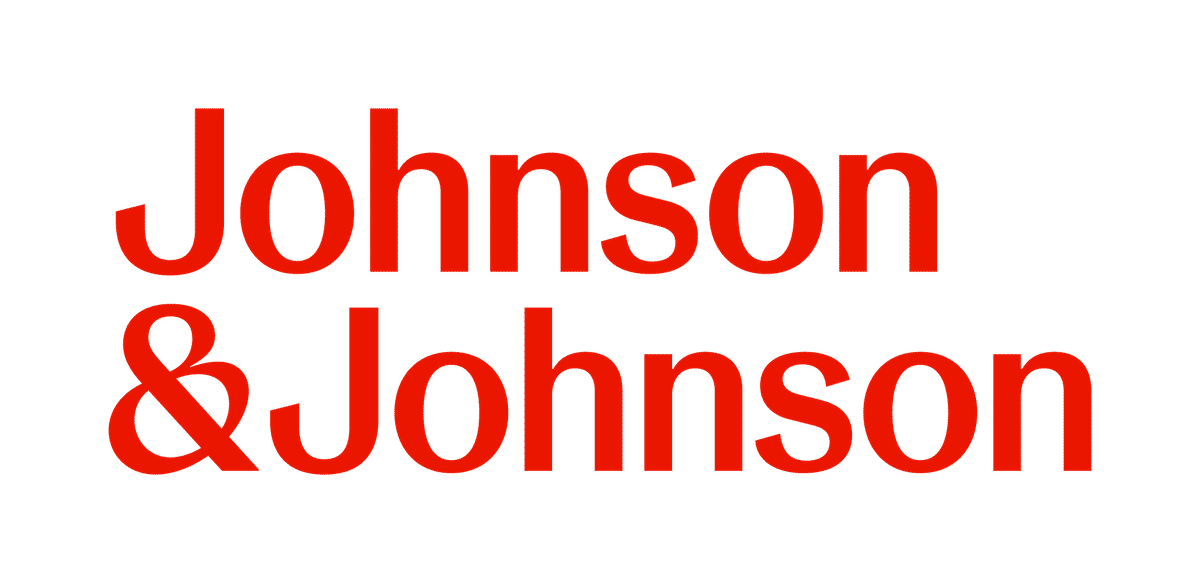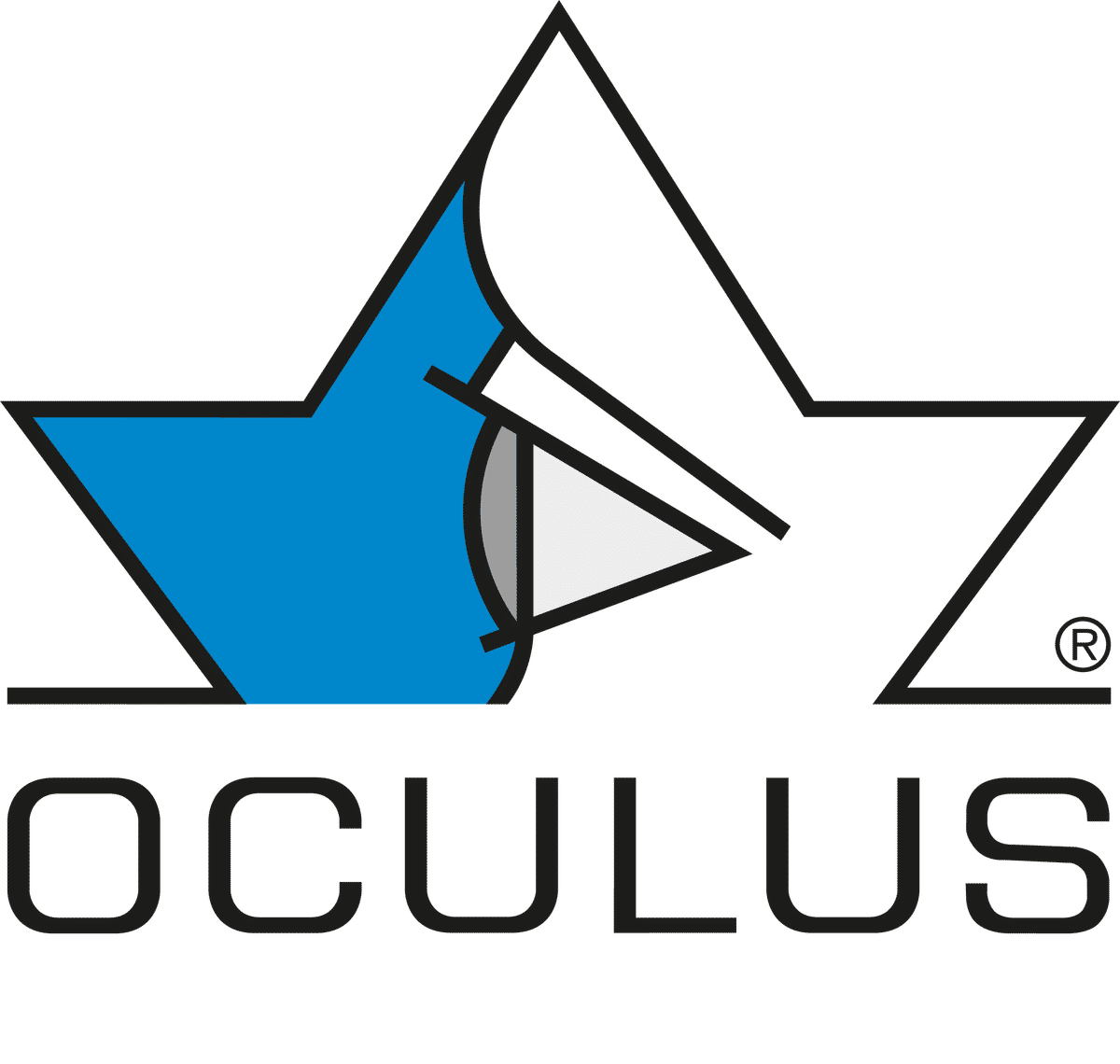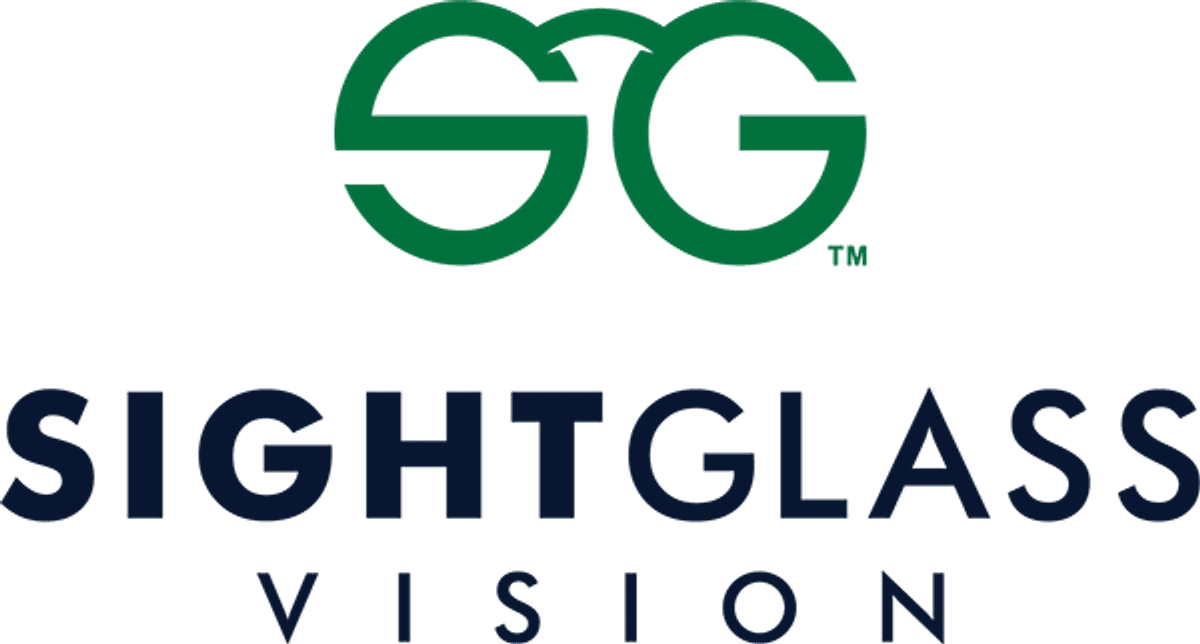Science
Tighter regulation of RLRL devices for myopia in China
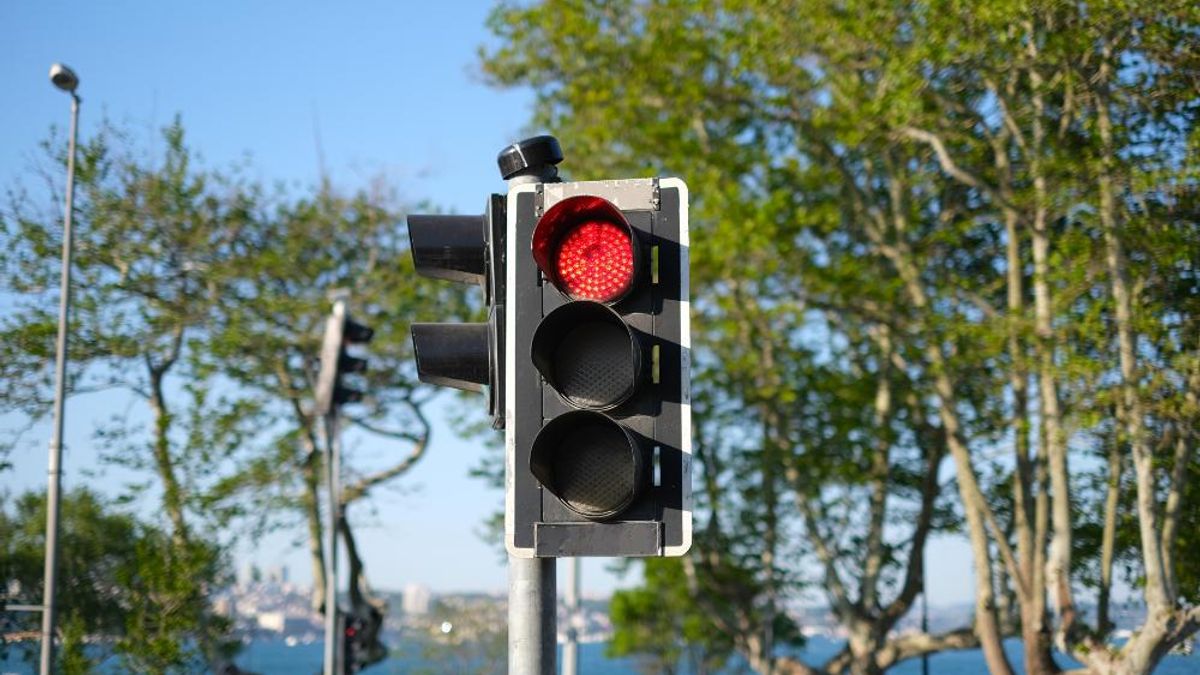
In this article:
This Viewpoint article outlines recent regulatory changes in China that reclassify repeated low-level red light (RLRL) therapy devices for myopia as high-risk (class III). Effective July 2024, RLRL products without updated certification cannot be sold or manufactured, pausing their availability for at least the next 5 years. The changes stem from safety concerns and a lack of long-term efficacy data for the numerous devices currently available in China.
Paper title: Red Light Therapy for Myopia—Current Regulatory Changes in China
Authors: Wang YX (1), Wang N (2), Wong TY (1)
- Beijing Visual Science and Translational Eye Research Institute (BERI), Beijing Tsinghua Changgung Hospital, Tsinghua Medicine, Tsinghua University, Beijing, China.
- Beijing Institute of Ophthalmology, Beijing Tongren Hospital, Capital Medical University, Beijing, China.
Date: Published online January 23, 2025.
Reference: Wang YX, Wang N, Wong TY. Red Light Therapy for Myopia–Current Regulatory Changes in China. JAMA Ophthalmol. 2025 Mar 1;143(3):197-198.
Summary
Over the past few years, repeated low-level red light (RLRL) therapy has gained widespread attention and clinical use in China as a non-pharmaceutical intervention for childhood myopia. Originally used as an alternative treatment for amblyopia, RLRL was repurposed for myopia management following promising short-term evidence for slowing myopia progression and axial elongation.
However, mounting concerns about treatment safety, lack of long-term data, and the rapid expansion of unstandardized devices prompted regulatory scrutiny. Around 20 companies are reported to have 'obtained medical licenses for RLRL devices' in China in the last few years. In response, the China National Medical Products Administration (NMPA) recently introduced new guidelines and reclassified RLRL devices as high-risk medical products.
The purpose of this article is to outline these regulatory changes and discuss their implications for the direction of RLRL devices for myopia treatment in China.
An overview of the regulatory changes and their implications is as follows:
- As of July 1, 2024, RLRL devices without a Class III certificate cannot be manufactured or sold in China.
- Updated guidelines require manufacturers to conduct extensive safety tests, including primate studies and histopathology, prior to clinical trials.
- RLRL is approved only for treating myopia in children aged 8 years and older, and not for myopia prevention.
- No RLRL devices currently meet the updated Class III requirements, likely resulting in a pause in commercial availability of at least 5 years.
- RLRL was excluded from the 2024 National Guidelines for Myopia Prevention and Control in China, reflecting a cautious regulatory stance.
What does this mean for my practice?
This article provides critical insight into the trajectory of RLRL therapy for myopia in China – currently the only country where clinical trials on RLRL devices for myopia management have been conducted. The reclassification of RLRL devices reflects the substantial attention it has gained in China as a novel myopia treatment, as well as the loose regulatory oversight of current devices.
For eye care practitioners in other regions, this serves as a reminder to note the specific RLRL devices which do have efficacy and safety data, as compared to those which do not. Careful evaluation of this evidence can ensure clinical confidence and informed consent in proceeding with RLRL treatment for those outside of China. These developments may impact the global adoption of RLRL devices until further safety, efficacy, and regulatory clarity are established.
The new restrictions also mean that Chinese children will no longer have access to RLRL devices in the short term, potentially shifting clinical demand toward more established interventions such as orthokeratology, low-dose atropine, and myopia control spectacle or contact lenses. Practitioners should stay informed on emerging evidence and regulatory updates regarding RLRL therapy.
To our knowledge, almost all of the currently published efficacy data on RLRL, from randomized clinical trials, focuses on one specific device. Access all of our coverage in the Light Therapies section of the Myopia Control Product Compendium.
What do we still need to learn?
Unexplored long-term safety and efficacy currently limits the widespread clinical adoption of RLRL therapy. Randomized controlled trial studies conducted on RLRL thus far have reported robust safety and efficacy outcomes, in a variety of patient groups, but only reported outcomes up to 12 months, aside from a single 2-year randomized controlled trial.1
In terms of safety, one case study report of transient macular damage,2 and some reports of afterimages3 during treatment have raised concern, particularly in the context of repeated laser exposure in children. Some commercialized laser devices may exceed safe exposure thresholds, particularly when administered in unregulated settings. Additionally, the mechanisms underlying RLRL’s effects on the choroid and axial elongation remain poorly understood, and rebound effects have been noted1 but are yet to be fully studied.
Altogether, the potential for long-term implications requires further review. The strengthened regulatory framework for RLRL devices in China will hopefully clarify these concerns, by prompting investment into further research and development, while ensuring efficacy and safety of specific devices, before wider adoption occurs.
Meet the Authors:
About Brian Peng
Brian is a clinical optometrist based in Sydney, Australia. He graduated with a Master of Clinical Optometry from the University of New South Wales in 2020.
Read Brian's work on our My Kids Vision website, our public awareness platform. Brian also works on development of various new resources across MyopiaProfile.com.
References
- Xiong R, Zhu Z, Jiang Y, Kong X, Zhang J, Wang W, et al. Sustained and rebound effect of repeated low-level red-light therapy on myopia control: A 2-year post-trial follow-up study. Clin Experiment Ophthalmol. 2022 Dec;50(9):1013–24.
- Liu H, Yang Y, Guo J, Peng J, Zhao P. Retinal damage after repeated low-level red-light laser exposure. JAMA Ophthalmol. 2023 Jul 1;141(7):693–5.
- He X, Wang J, Zhu Z, Xiang K, Zhang X, Zhang B, et al. Effect of repeated low-level red light on myopia prevention among children in China with premyopia: A randomized clinical trial. JAMA Netw Open. 2023 Apr 3;6(4):e239612.
Enormous thanks to our visionary sponsors
Myopia Profile’s growth into a world leading platform has been made possible through the support of our visionary sponsors, who share our mission to improve children’s vision care worldwide. Click on their logos to learn about how these companies are innovating and developing resources with us to support you in managing your patients with myopia.

